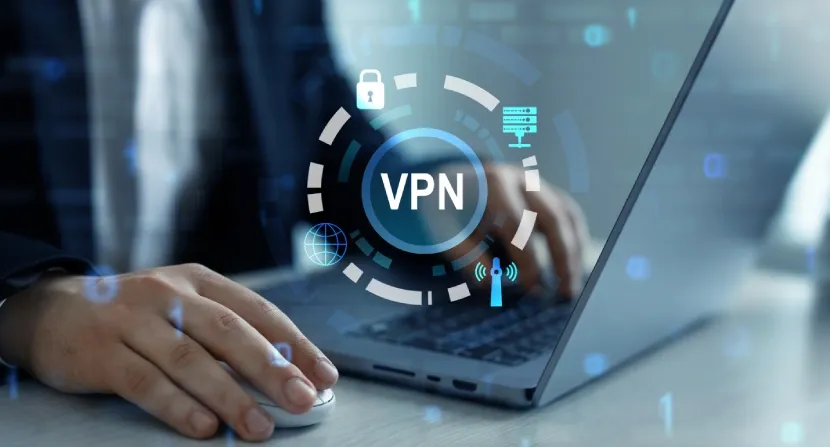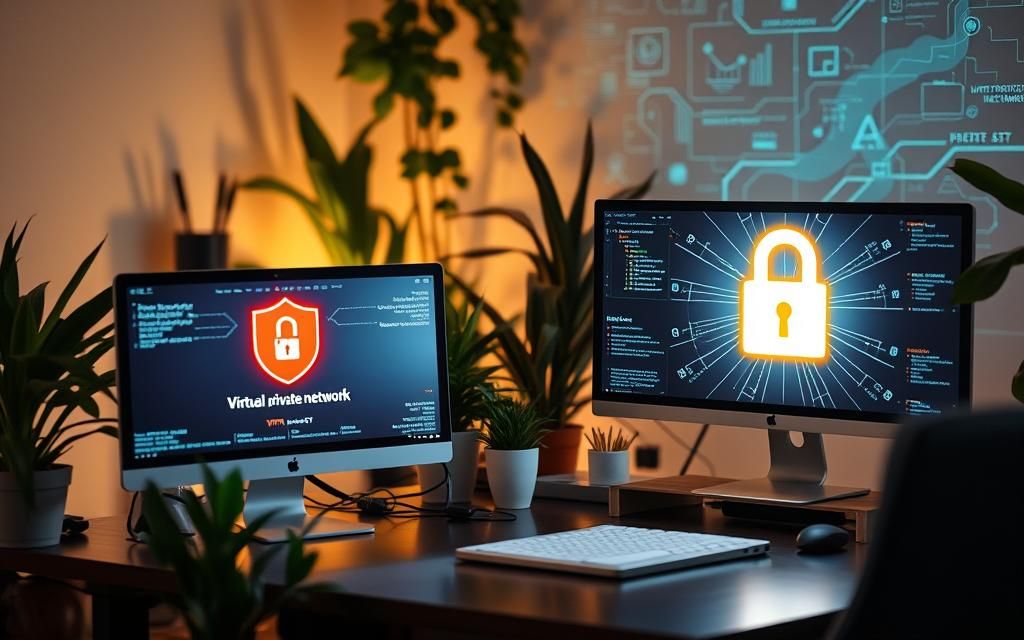Learn essential cybersecurity tips for beginners to protect your online presence. Simple, actionable advice to secure your digital life. In today’s digital world, staying safe online is no longer optional—it’s essential. Whether you’re shopping, working, or just browsing the web, your personal data is at constant risk. Hackers and cybercriminals are becoming increasingly sophisticated, making cybersecurity more critical than ever. For beginners, understanding cybersecurity might seem daunting, but don’t worry! You don’t need to be a tech wizard to protect yourself. This guide is here to help you take your first steps toward online safety. With these cybersecurity tips for beginners, you can safeguard your personal information and enjoy a worry-free digital experience. Ready to dive into the world of cybersecurity? Let’s make your online journey safer and smarter with simple yet powerful tips! Cybersecurity Tips for Beginners If you’re stepping into the world of cybersecurity, don’t feel overwhelmed. Starting with basic steps can make a world of difference in safeguarding your personal and financial information online. Below are 15 essential tips tailored specifically for beginners. These practical strategies are easy to understand and implement, setting you on the path to a safer digital presence. 1. Use Strong Passwords Passwords act as the first barrier between your data and cybercriminals. Using strong passwords isn’t just a recommendation—it’s a necessity. A strong password is: At least 12 characters long A mix of uppercase and lowercase letters Includes numbers and symbols Avoid predictable patterns like “123456” or personal information such as your name or birthdate. Why Strong Passwords Matter: Hackers use sophisticated tools to guess weak passwords in seconds. A strong, unique password for each account drastically reduces the risk of unauthorized access. Bonus Tip: Consider using a password manager to securely store and generate complex passwords. It saves you from the hassle of remembering multiple passwords while keeping them safe. 2. Enable Multi-Factor Authentication (MFA) Multi-Factor Authentication (MFA) adds an extra layer of security to your accounts by requiring two or more verification steps. Even if someone gets hold of your password, MFA ensures they cannot access your account without the additional authentication. How to Set It Up: Turn on MFA for critical accounts such as email, banking, and social media. Use authenticator apps like Google Authenticator or Microsoft Authenticator for better security than SMS-based MFA. Why MFA is Important: With MFA, the likelihood of unauthorized access to your accounts drops significantly. It’s one of the most effective ways to secure your online presence. 3. Keep Software Updated Cyber threats evolve constantly, and outdated software can leave your devices vulnerable to attacks. Software updates often include critical security patches that fix known vulnerabilities. Steps to Keep Software Updated: Enable automatic updates on your devices and apps. Regularly check for updates for your operating system, web browser, and antivirus software. Remove outdated or unused software to minimize potential vulnerabilities. What Happens if You Don’t Update? Outdated software is like a welcome mat for hackers. Exploits in old software are often public knowledge, making you an easy target for cyberattacks. 4. Be Cautious with Emails Phishing emails are one of the most common methods used by cybercriminals to steal personal information or distribute malware. These emails often mimic legitimate organizations and trick recipients into clicking malicious links or providing sensitive data. How to Spot a Phishing Email: Check the sender’s email address: Legitimate companies usually have official domains. Look for spelling or grammar mistakes: Phishing emails often have errors. Verify unexpected attachments or links: When in doubt, avoid clicking. What Should You Do? If an email seems suspicious, don’t interact with it. Instead, contact the company directly to verify its authenticity. 5. Secure Your Wi-Fi Your home Wi-Fi network serves as the entry point for all your connected devices. An unsecured Wi-Fi network can give hackers easy access to your personal information. How to Secure Your Wi-Fi: Change the default password on your router to something strong and unique. Enable WPA3 encryption for the highest level of security. Turn off features like remote management unless you absolutely need them. Why This Is Critical: A secure Wi-Fi network ensures that your devices and data remain safe from unauthorized access and potential cyberattacks. 6. Avoid Public Wi-Fi for Sensitive Transactions Public Wi-Fi networks, such as those in coffee shops or airports, are convenient but risky. These networks are often unsecured, making it easy for hackers to intercept your data. Tips for Safe Use of Public Wi-Fi: Avoid accessing sensitive accounts like banking or email on public Wi-Fi. Use a VPN (Virtual Private Network) to encrypt your connection. Turn off automatic Wi-Fi connection on your devices to prevent connecting to rogue networks. Why It Matters: Hackers can easily perform “man-in-the-middle” attacks on public Wi-Fi, intercepting your personal data or login credentials. 7. Backup Your Data Regularly backing up your data ensures you don’t lose important files due to hardware failure, accidental deletion, or ransomware attacks. Best Practices for Backups: Use cloud storage solutions like Google Drive or OneDrive for automatic backups. Maintain an external hard drive for offline backups. Schedule backups regularly—weekly or monthly. Why Backup Is Essential: Even if a cyberattack or system failure occurs, having a backup means your critical files are safe and recoverable. 8. Install and Use Antivirus Software Antivirus software provides a crucial line of defense against malware, ransomware, and spyware. Features to Look For: Real-time scanning to detect threats instantly. Automatic updates to protect against new viruses. Malware removal capabilities. Why It’s Necessary: While antivirus software isn’t foolproof, it’s an essential tool for identifying and neutralizing threats before they can cause harm. 9. Limit Personal Information Sharing The more personal information you share online, the easier it is for cybercriminals to target you. What to Avoid: Posting sensitive details like your home address, phone number, or birthdate. Sharing too much about your daily routine on social media. Safe Practice: Regularly review your privacy settings on social media platforms and restrict access to your posts to trusted contacts. 10. Be





